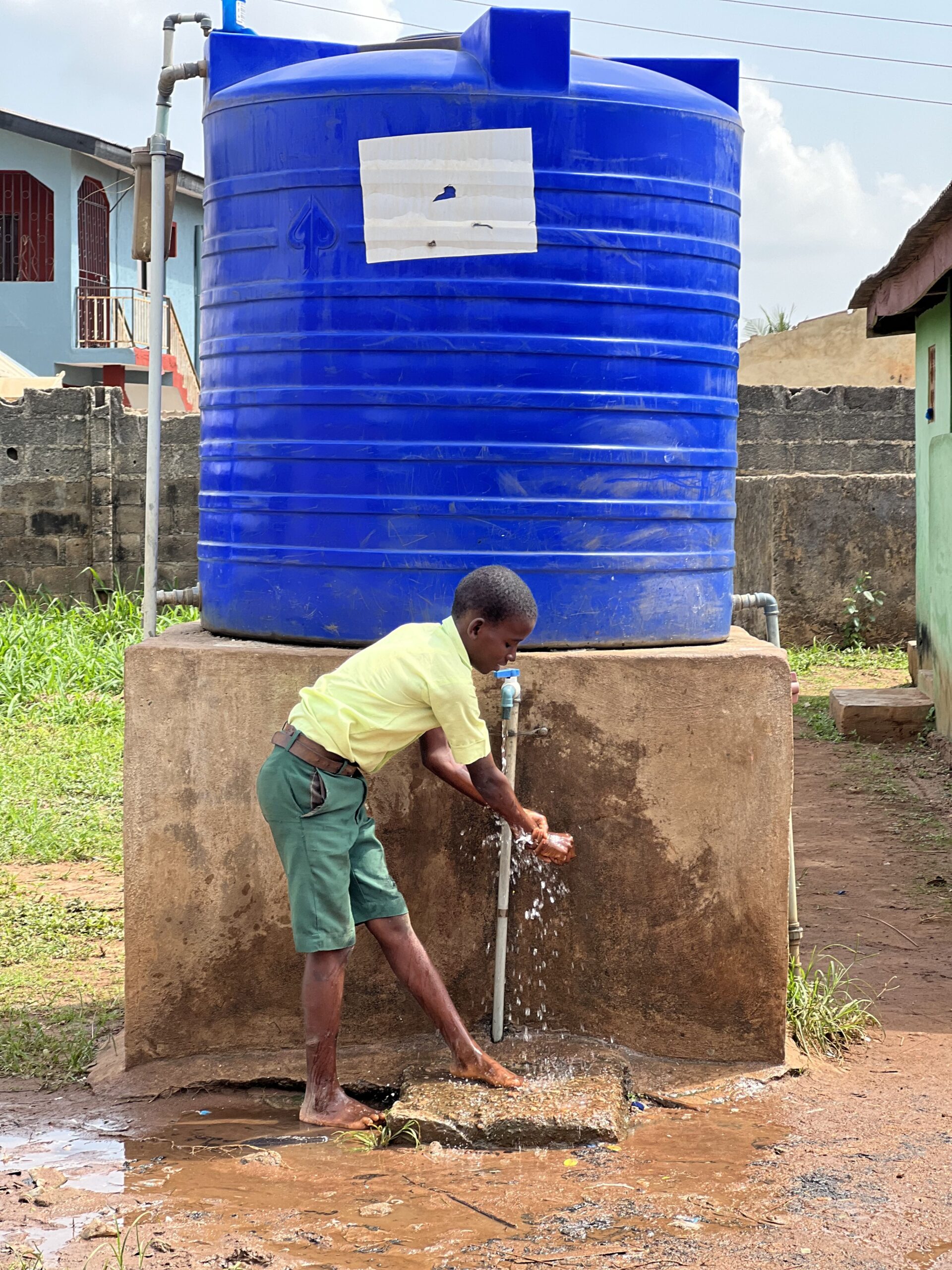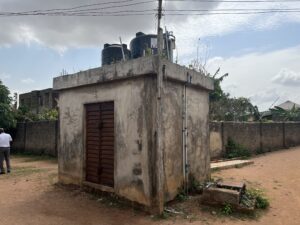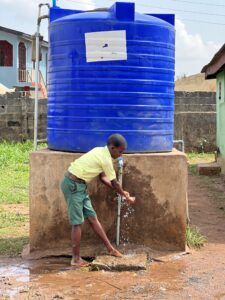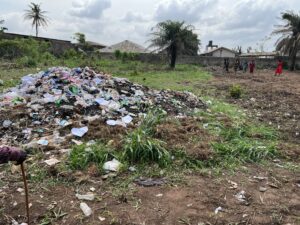
WASH field report
By Dr Babatope Babalobi and Racheal Ogundipe
Following eWASH’s visit to the Anglican grammar school (senior school), the team visited the junior school as well on 16th March 2023, to assess their Water, Sanitation and Hygiene (WASH) issues. The team met with the school principal, Mr Ola Omoniyi, and he briefed us on the current WASH status of the school. The junior school have a population of 1855 students and 39 teachers. They also have an unnamed health club and health prefects represented by a male and a female. Apart from the health club, there is also a sanitation committee that comprises only the school teachers. The school says it is in charge of the running cost used to buy soap and also maintain the facilities, based on government allocation and money from the parents club. The school also has a sick bay that is being run by the community health workers given to the by the government.
Concerning potential stakeholders of the school, the principal mentioned that the parents club used to support the school when it was still a parent and teachers association. They also reached out to the school alumni for people that can potentially support the school in upgrading the toilet facilities.
We made use of an observational checklist and some of the things that we set out to observe are:
- The sources of drinking water in the school.
- History and causes of waterborne illnesses such as diarrhea or cholera
- Availability of gender-sensitive toilets in the school
- Students toilet usage
- Availability of water in toilets as well as the cleanliness and those responsible for it.
- Presence of handwashing facilities in the toilet such as Soap and Water
- Attention to privacy for proper menstrual hygiene facilities and materials such as water, access to sanitary pads, waste bins, private space, etc.
- Water, sanitation, and hygiene challenges for the students
Our findings are summarized below
- The source of water in the school is a borehole, which is usually filtered every term
- They make use of light for pumping water and they also have a generator
- The school have 8 toilet units for all the students (4 each per gender) and 2 toilets for all teachers (one per gender). The toilets are private and segregated.
- The students are responsible for the cleanliness of their toilet, rotation and roaster but the toilets were found to be very dirty and unwashed
- The student practice open defecation as faeces was found directly next to the drinking water source
- They practice open dumping of school refuse, close to the toilet facility and not so far from the drinking water source



Recommendations
- Education, training, and awareness need to be done for the teachers and the students on behavioral change and proper ways to manage the toilet
- Prepare a better place to manage the refuse, far from the water source and well managed
- Make use of the sanitation group formed by the student and upgrade it to a WASH club
- Reach out to possible donors, funders, and stakeholders for support.
Leave a Reply